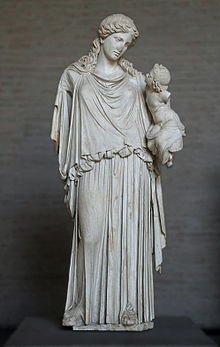
The idea of the Common Peace (Κοινὴ Εἰρήνη, Koinē Eirēnē) was one of the most influential concepts of 4th century BC Greek political thought, along with the idea of Panhellenism. The term described both the concept of a desirable, permanent peace between the Greek city-states (poleis) and a sort of peace treaty which fulfilled the three fundamental criteria of this concept: it had to include all the Greek city-states, it had to recognise the autonomy and equality of all city states without regard for their military power, and it had to be intended to remain in force permanently.
The advocates of the Common Peace saw it as a way to end the endemic warfare which engulfed the Greek poleis from the outbreak of the Peloponnesian War in 431 BC. From the King's Peace of 387/6 BC down to the foundation of the League of Corinth in 338 BC, the idea of the Common Peace influenced all peace treaties between Greek poleis. In the end, however, it turned out that only a strong hegemonic power could maintain a comprehensive peace for long. In modern times, the concept has been revived and in the 20th century, the principle of the Common Peace was a foundation stone of international organisations like the League of Nations and the United Nations.